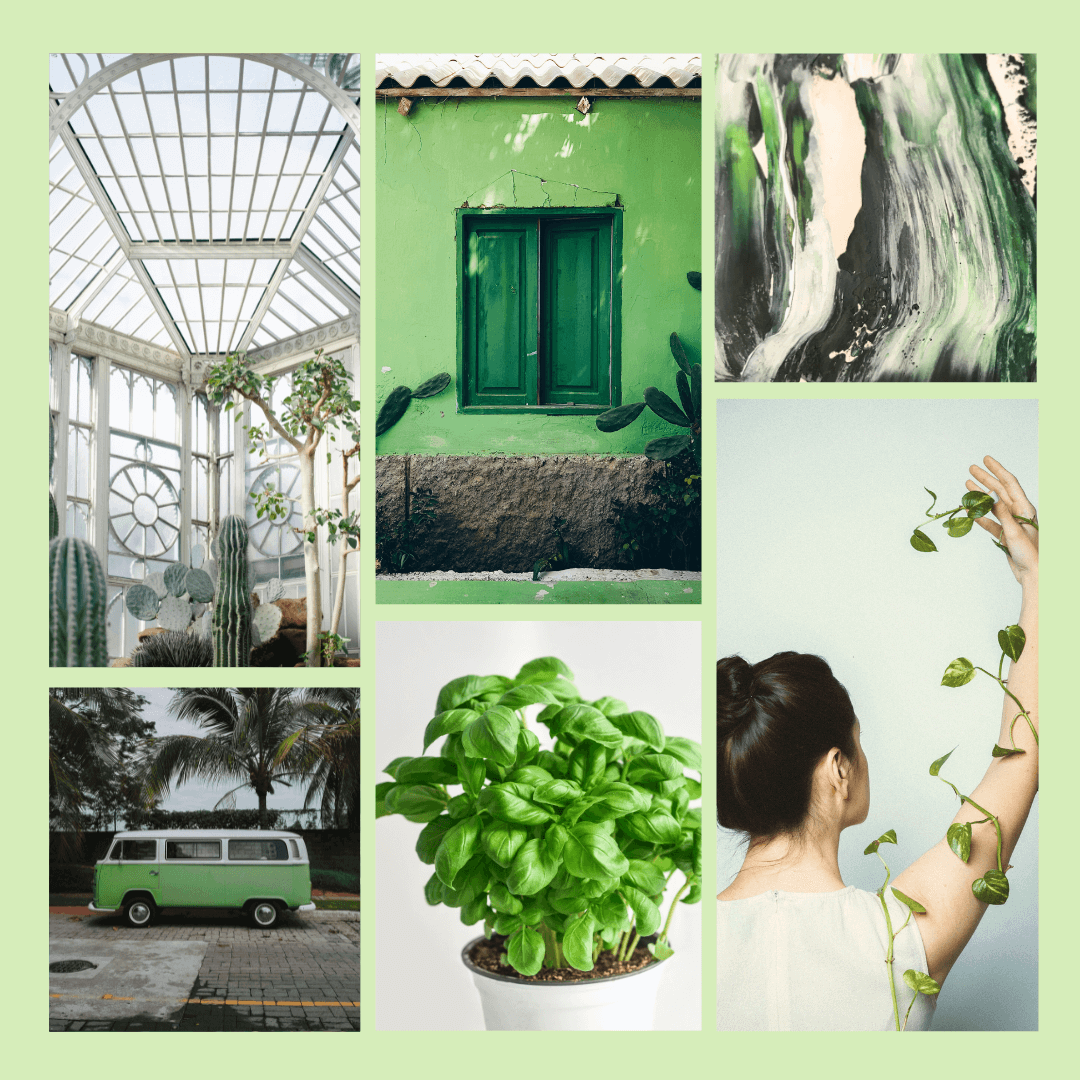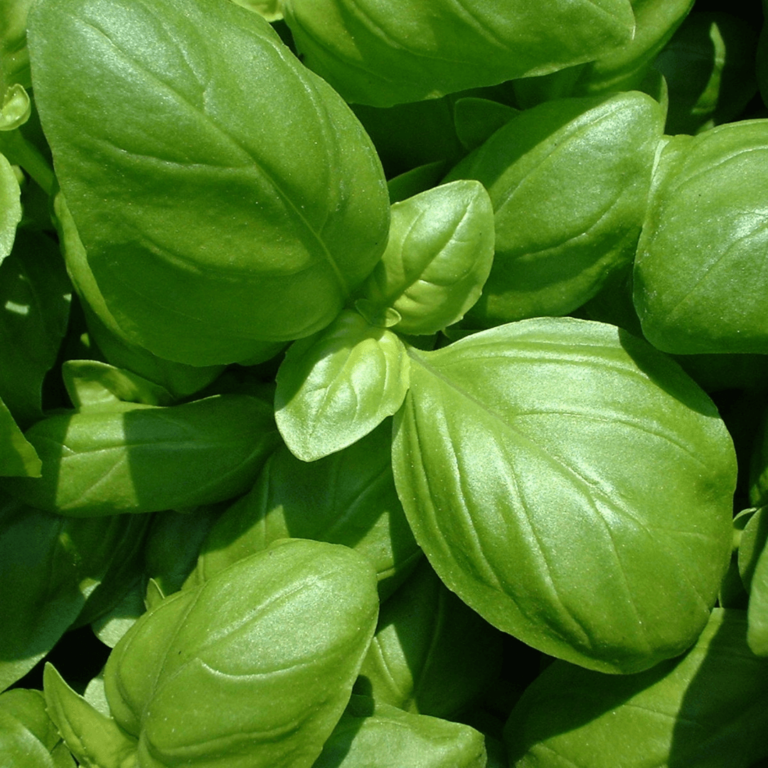Basil originates from the tropical regions of Asia, particularly India, where it has been cultivated for over 5,000 years. In ancient times, people already appreciated this plant for its medicinal and spiritual properties. It was considered a symbol of protection and used in various religious rituals.
Basil then spread across the Middle East and Africa before reaching Europe. The Egyptians used it in the mummification process, believing it had protective powers for the deceased in the afterlife. During the Middle Ages, basil was introduced to Europe by traders and Crusaders returning from their expeditions to the Holy Land. In Italy, it quickly became a symbol of love and fertility. Young men would offer basil leaves to their beloved as a sign of their devotion.
Its name is derived from the ancient Greek “basilikón phutón,” meaning “royal plant,” a reference to its noble and sacred status.
Basil in Perfumery
Basil is a perennial plant from the Lamiaceae family. It typically grows between 30 to 60 cm in height. Its oval, sometimes slightly serrated leaves release a characteristic scent when crushed. The color of the leaves varies from light green to dark green, with some varieties displaying purple hues. Basil flowers are small, white, or purple and grow in clusters at the tips of the stems. While the leaves are the primary source of its aroma, the flowers can also be used to extract essential oils.
Basil thrives in warm, sunny climates. The main producers of basil are India, Egypt, Vietnam, and Mediterranean regions such as Italy and France. In India, Holy Basil (Ocimum sanctum) is particularly revered and cultivated in home gardens. In Italy, Ocimum basilicum is one of the most iconic herbs, deeply ingrained in both cuisine and culture, valued for its aromatic qualities.
The Raw Material from Basil
There are many varieties of basil, but perfumers particularly appreciate some for their unique aromatic profiles. The species most commonly used in perfumery is Ocimum basilicum, which is further divided into two chemotypes depending on its composition and cultivation location.
The Basil (Ocimum basilicum) called “Grand Vert” is grown in Egypt and contains a large amount of linalool while the Basil from India or Vietnam contains more estragol (methyl-chavicol).
The ideal harvest period ranges from June to September, depending on the country. The plant is collected at full maturity when its leaves are richest in essential oils. Harvesting conditions are crucial—basil is cut early in the morning before the sun’s heat dissipates its precious aromatic compounds.
Basil essential oil is obtained through steam distillation of the leaves and flowering tops. This process captures the volatile compounds that contribute to its distinctive fragrance.
Basil from the Perfumer’s Perspective
Basil essential oil is rich in aromatic compounds, placing it within the aromatic olfactory family. It is typically used as a top note, bringing both freshness and depth to fragrance compositions.
The essential oil of Basil Grand Vert is fresh, green and aromatic. Its notes recall the crumpled basil leaves that are used in cooking with a spicy pepper touch. The essential oil of basil to methyl-chavicol has a much more aniseed aroma and slightly less green. However, it is used less because the methyl-chavicol (estragol) molecule is regulated.
In perfumery, basil essential oil is prized for its ability to blend harmoniously with a wide variety of other essences. Perfumers often incorporate it into top notes to provide an immediate, invigorating freshness. Its herbaceous and spicy nature makes it an excellent complement to citrus, floral, and woody accords.
Basil is frequently used in men’s fragrances for its tonic and energizing qualities. However, it also finds its place in feminine compositions, adding a bold and unique twist to the scent.
Some Fragrances around the Basil note
- Brut – Brut Parfums – 1964
- Eau Sauvage – Dior – 1966
- Ô – Lancôme – 1969
- Aqua Allegoria Mandarine Basilic – Guerlain – 2007
- Jardin du Poète – Eau d’Italie – 2011
- Eau Captivante – L’Occitane – 2012
- Thé Basilic – Molinard – 2019
- Rayon Vert – Bastille – 2022

Did you like this article?
Share it on:

